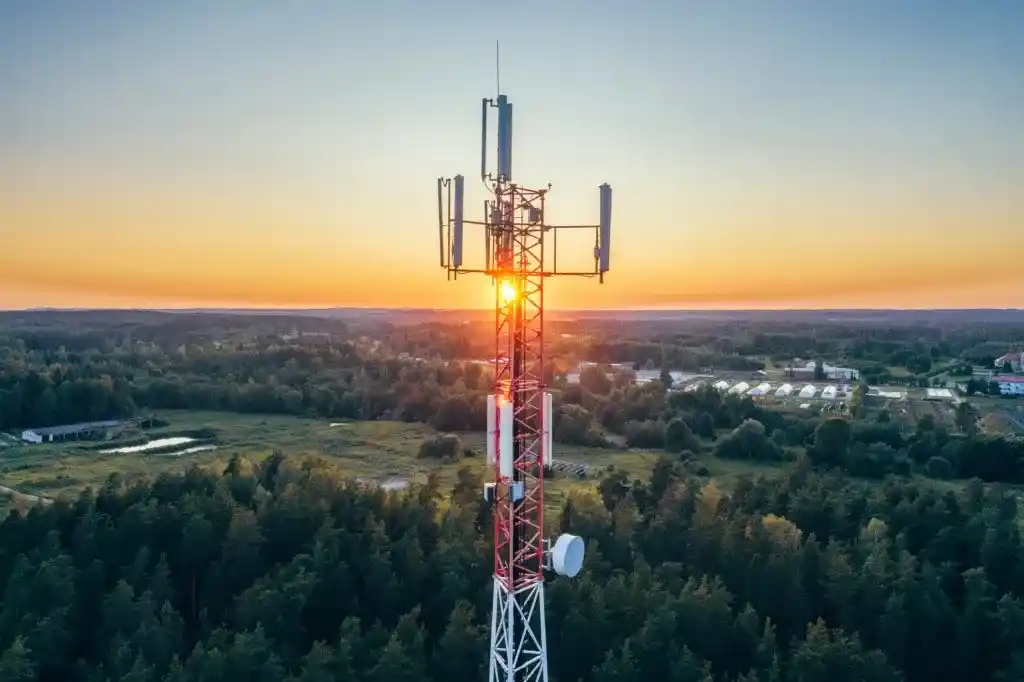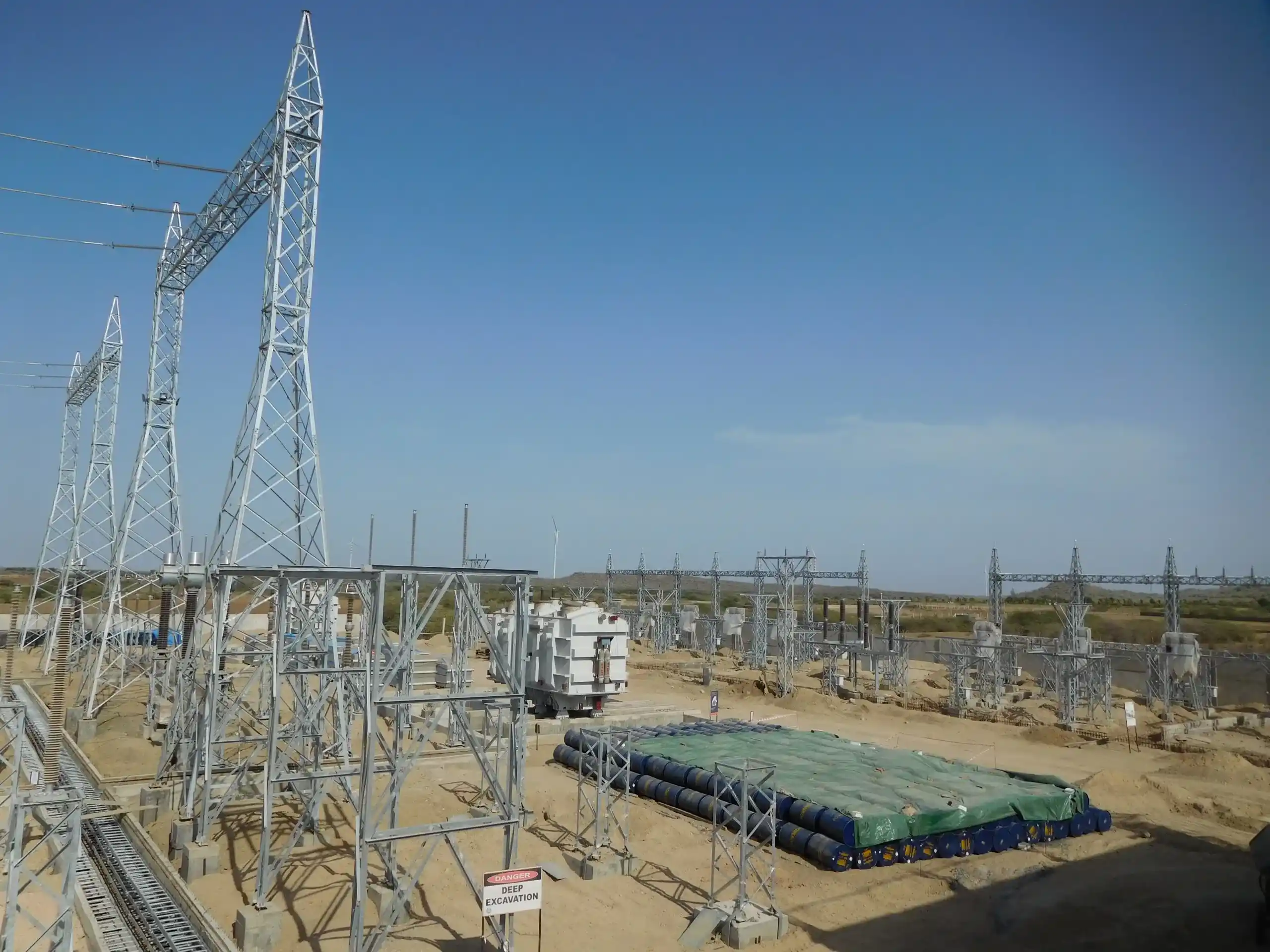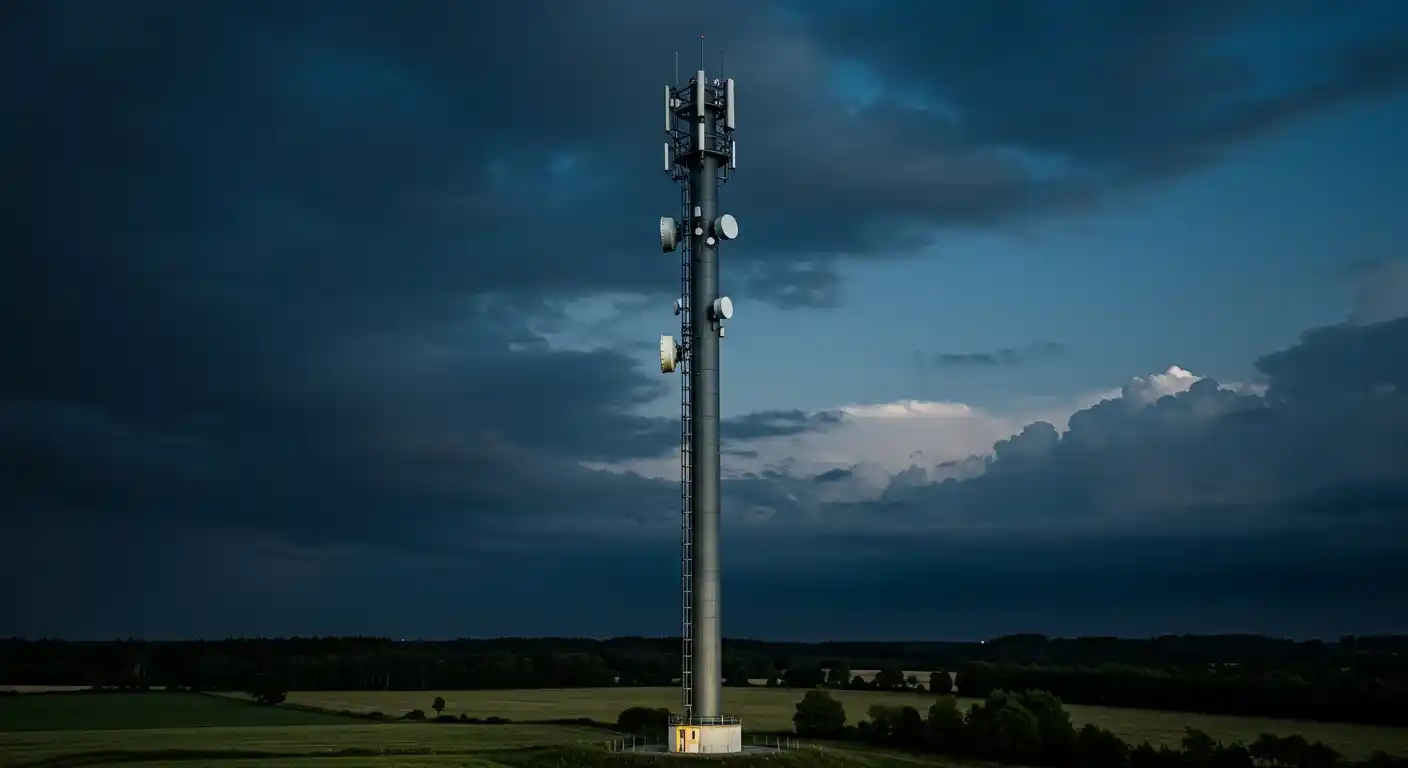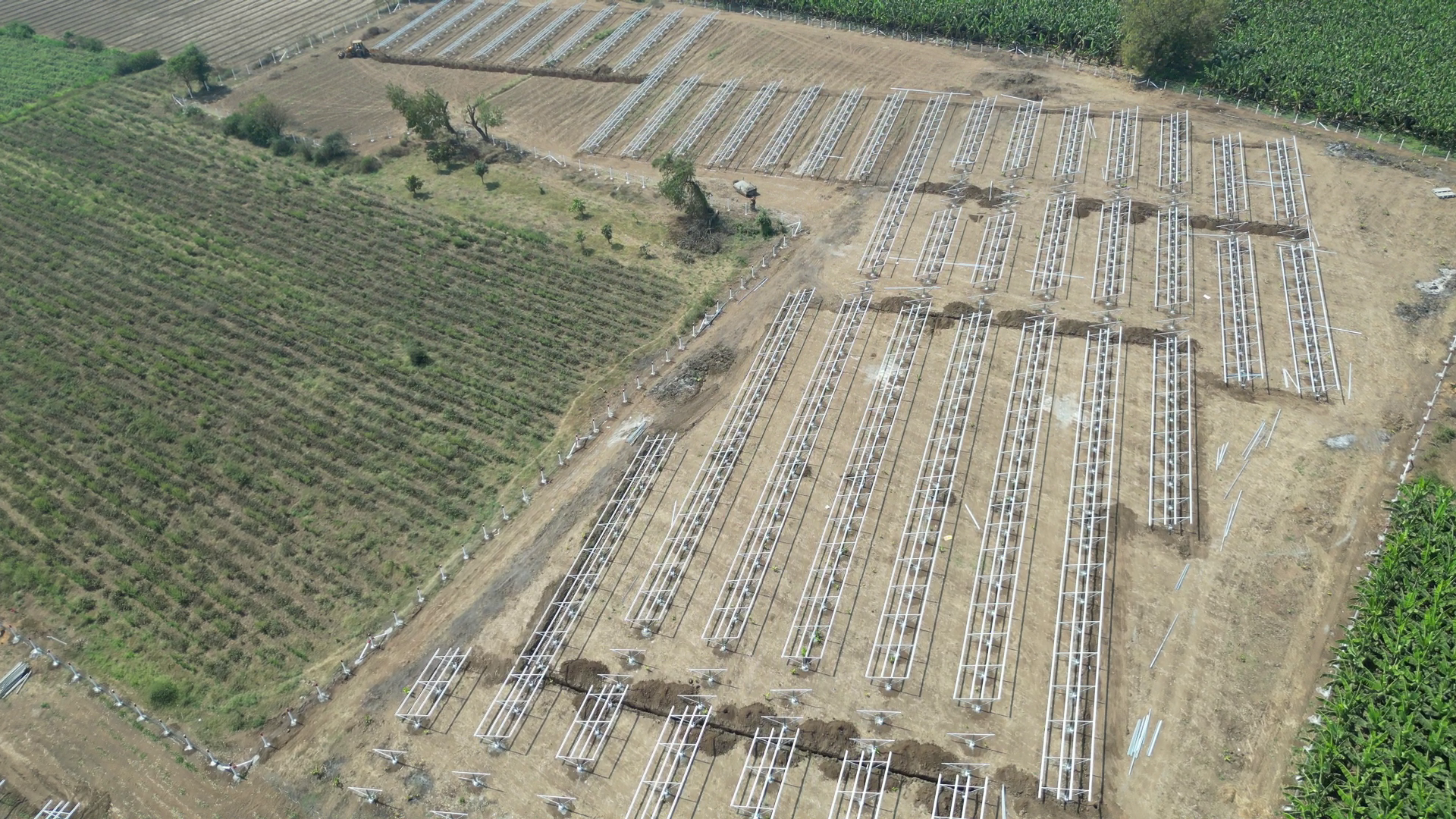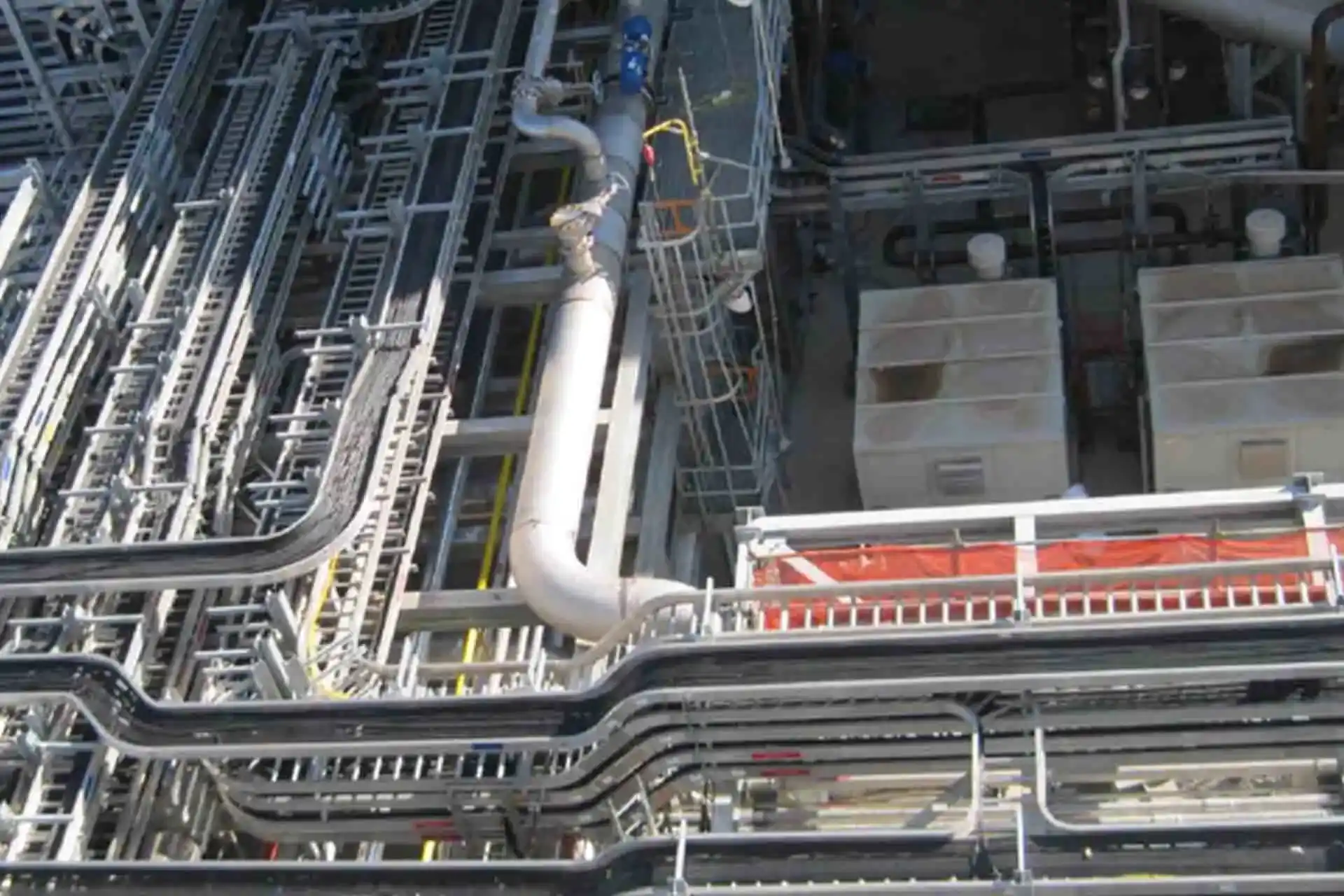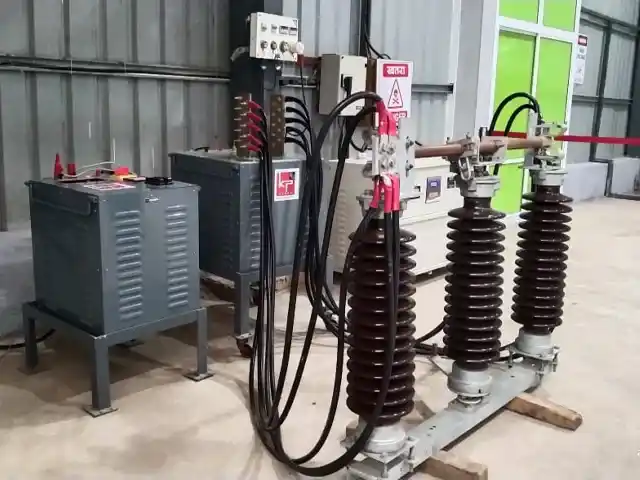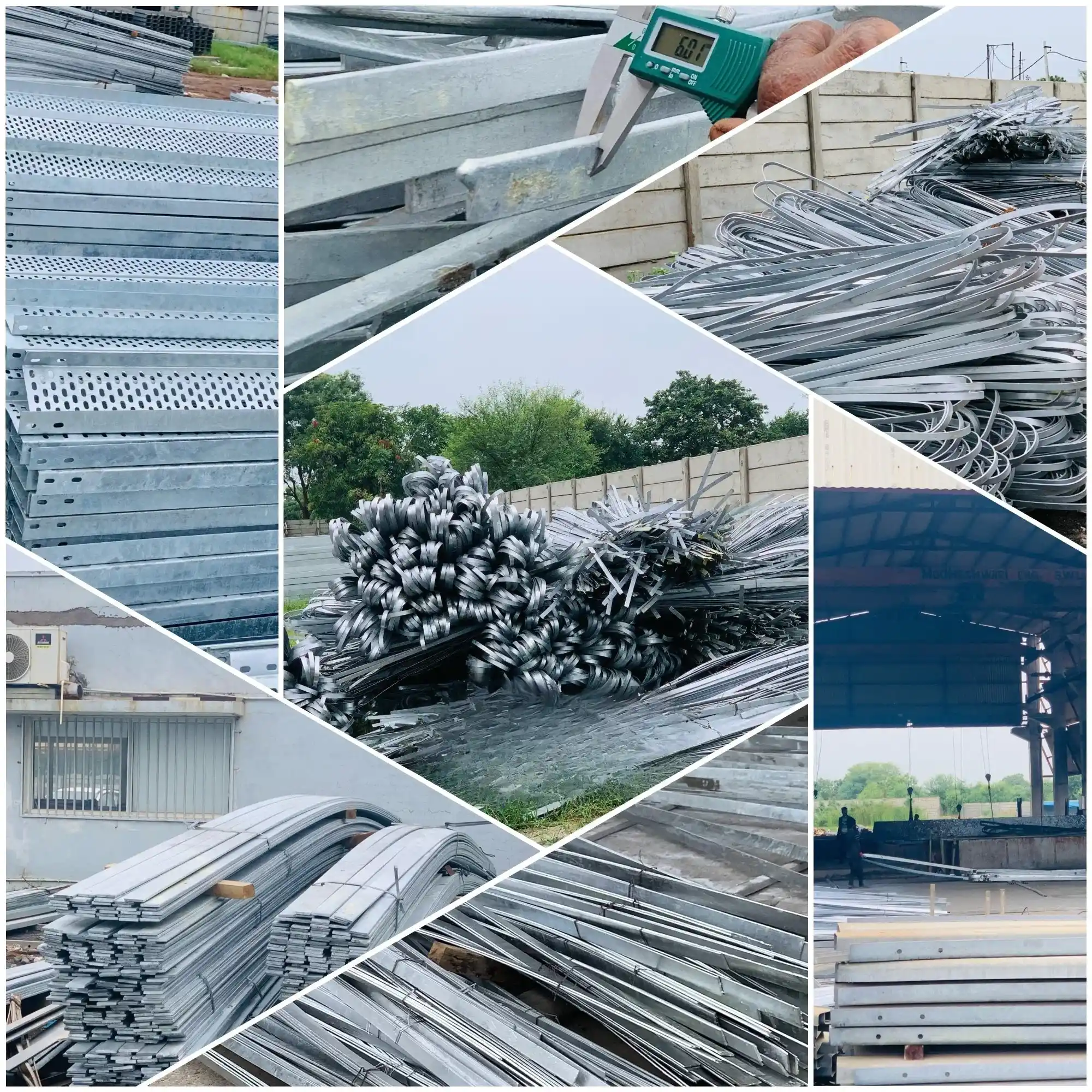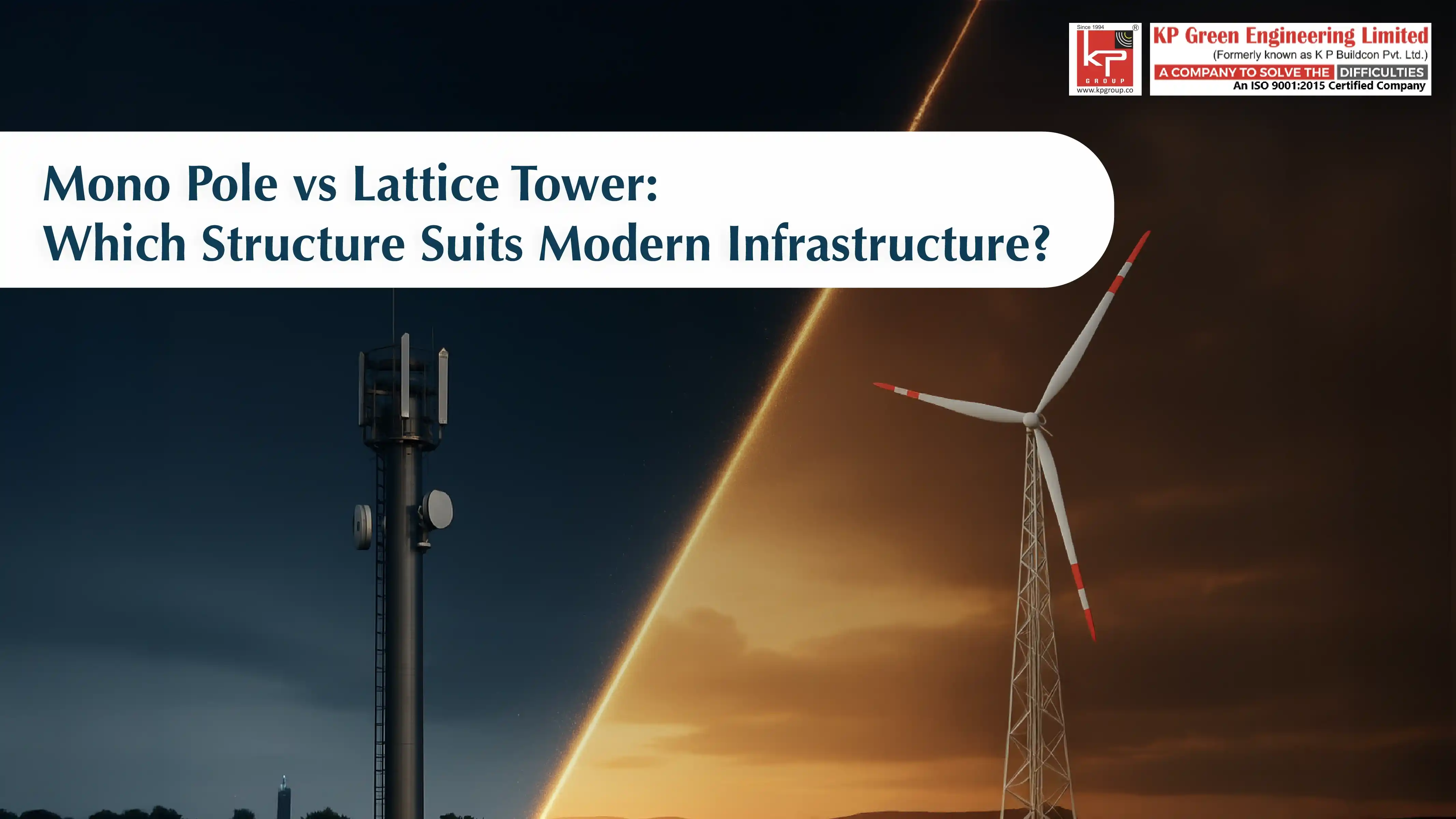
How Cable Tray Manufacturers Meet Quality Standards
In the electrical infrastructure field, cable management systems are the backbone of safe and efficient power distribution. Cable tray quality standards have developed into full-fledged systems to ensure these essential components perform to demanding performance requirements. In fact, modern cable tray manufacturing standards cover everything from raw materials to end product testing, the foundation of reliable electrical installations in all sectors.
Making cable trays is not simply about shaping metal or forming composite systems, it’s about incorporating processes to provide safety, longevity, and compliance. Most importantly, safety assurance in cable trays requires multiple checkpoints, advanced testing, and monitoring to confirm that they will perform under severe environments and provide electrical safety.
The Critical Role of Quality Assurance in Cable Tray Systems
Ensuring Safety, Reliability, and Longevity
The quality management of cable trays is directly related to safety in electrical installations. Installation of inferior products can lead to cable/wire failure, risk of fire, or building collapse, putting lives or other high-cost equipment on the line. A strong quality management system ensures that every tray "out of the factory" meets safety criteria/compliance and standards.
That is, the cable tray quality assurance process mitigates potential vulnerabilities before cable trays reach the installation sites. The quality assurance process prevents unnecessary expense from failure and optimally services cable management systems over time. Where manufacturers employ strict quality control, they build products that are capable of handling heavy cable when subject to exposure to corrosives, temperature change, and mechanical forces.
Impact of Quality on Project Costs and Performance
Cable trays of inferior quality are often associated with hidden costs that vastly exceed the initial price of the trays. Early failures require labor to replace, result in production downtime, and sometimes require premium costs for emergency repairs. High-quality products reduce maintenance and avoid hidden costs for unanticipated replacement.
Quality control in cable tray production directly influences the total cost of ownership. Projects utilizing certified, rigorously tested cable trays experience fewer delays, lower maintenance expenses, and improved long-term performance. This cost-effectiveness makes quality assurance not just a safety imperative but a sound financial strategy.
The Multi-Stage Quality Assurance Process in Cable Tray Production

Rigorous Raw Material Selection and Verification
Quality assurance begins long before manufacturing starts. Reputable producers implement stringent incoming material inspection protocols to verify that raw materials meet specifications.
Testing Steel, Aluminum, and Stainless Steel Properties
Metal cable trays call for materials with defined and specific mechanical properties. Manufacturers will test steel for both carbon content and tensile strength, along with ductility. Aluminum verification processes will include verification of the alloy composition as well as some corrosion resistance verification. Stainless steel grades such as AISI 316L may have chemical composition analysis done to confirm that the chromium, nickel, and molybdenum content meets specifications.
Verifying FRP (Fiberglass Reinforced Plastic) Composition
The quality of fiberglass cable tray depends on appropriate ratios of resin to fiber, thoroughly cured resin systems, and the correct distribution of the glass fiber. To ascertain material quality, composition of the resin, fiber content, and strength should all be preliminarily tested before producing.
In-Process Manufacturing Checks and Controls

Quality control in cable tray production continues throughout manufacturing with frequent checkpoints that catch defects before final assembly.
Dimensional Accuracy and Tolerance Monitoring
Accurate measurements verify cable trays conform to specified dimensions. Automated and manual inspections verify width, height, rung spacing, and hole locations remain within acceptable tolerances. Ensuring dimensional consistency verifies proper fitment during installation and compatibility with standard accessories.
Welding and Fabrication Quality Inspections
Welding quality has a direct impact on structural integrity. Inspectors check for penetration, bead consistency, and quality of connection. Non-destructive test methods such as ultrasonic inspection may be used at times to assess critically important welds without causing damage to the final product.
Coating and Finish Application Standards (e.g., Galvanization Thickness)

Coating protects against corrosion and increases service life. Measuring the galvanization thickness will ensure sufficient application of the zinc coating. Paint thickness gauges confirm that the powder coating is at least within the minimum thickness specification. Protective layers are important for cable trays that operate in harsh environments.
Comprehensive Final Product Testing
Before products ship, manufacturers conduct thorough testing to verify performance characteristics.
Load Capacity Testing (Static and Dynamic)
Load testing demonstrates cable trays can carry their rated loads without excessive deflection or failure. Static testing uses sustained and steady loading for long periods of time, while dynamic testing simulates conditions of vibration and movement. The test results validate the design calculations and allow for confirmation on safety factors.
Durability and Environmental Stress Testing
Environmental chambers place cable trays in severe temperature, humidity, and corrosive environments. Salt spray tests assess corrosion resistance. UV exposure tests assess outdoor behavior. These accelerated aging tests will simulate long-term performance.
Electrical Conductivity and Safety Checks
Grounding continuity evaluations provide assurance that there is effective electrical bonding throughout cable tray runs. Measuring resistance indicates whether metal trays are providing acceptable grounding paths. Insulation testing provides assurance that FRP trays continue to have properties that electrically isolate the enclosure.
Material Science: The Foundation of Cable Tray Quality
Steel Cable Trays: Galvanized and Stainless Options (e.g., AISI 316L)
For its weight and strength ratios, steel is usually a good value, and hot-dip galvanized steel has good corrosion resistance for a typical atmosphere. Stainless steels such as AISI 316L provide the best corrosion resistance in chemical processing, marine and food production types of facilities. The molybdenum in the 316L provides increased resistance to corrosion (pitting) from chlorides.
Aluminum Cable Trays: Lightweight and Corrosion-Resistant Alloys (e.g., 5000/6000 Series)
Aluminum trays are going to weigh about one-third less than their steel counterparts, thus requiring less structural support and installation labor. The 5000 series aluminum alloys have added magnesium which improves strength and allows for marine-grade corrosion resistance. The 6000 series of alloys have added magnesium and silicon, and are commonly used for their better extrudability and weldability while providing good corrosion resistance.
Fiberglass (FRP) Cable Trays: For Harsh and Corrosive Environments
FRP cable trays excel in environments where metal alternatives corrode rapidly, chemical plants, wastewater treatment facilities, and offshore platforms. The fiberglass is non conductive so you have no stray current concern and the composite structure of the trays withstands most acids, alkalis and solvents. Some of the best manufactured FRP trays in compliance of industry best practices for cable trays can outlast their structural integrity for decades in corrosive environments.
Documentation, Certification, and Continuous Improvement
Providing Test Reports and Compliance Certificates
Comprehensive documentation accompanies quality-assured cable trays. Cable tray inspection and verification records provide traceability from raw materials through final testing. Mill test reports confirm material composition. Load test certificates document performance validation. Compliance certificates verify adherence to applicable standards, including NEMA standards for cable trays and IEC standards for cable trays.
This documentation allows installers and inspectors to verify product specifications without conducting redundant testing. It also provides legal protection by demonstrating due diligence in quality assurance.
Implementing Feedback for Ongoing Process Enhancement
Top manufacturers regard quality assurance as a process of improvement rather than a to-do list. Field performance data, encompassing real-world performance in the field, customer performance feedback, and fault analysis, is used to support a continuous improvement program. As issues arise, root cause analysis will find systemic or problematic issues to drive corrective action.
This feedback loop will ensure that cable tray manufacturing specifications keep up with changing application requirements and technology changes. Manufacturers who are committed to excellence continuously update processes, procure and use more advanced testing equipment, and improve quality control based on performance data in the field.
KP Green Engineering's Commitment to Quality
KP Green Engineering is an example of quality assurance in cable tray manufacturing. Their comprehensive quality management system meets global standards to ensure every product complies with strict performance requirements.
Their commitment to best practices for cable trays involves verifying materials, in-process controls, and testing the final product. KP Green Engineering provides complete documentation to support cable tray testing and verification to ensure the reliability and compliance of their products.
Frequently Asked Questions:
Want to ensure your electrical infrastructure is built on a foundation of safety and reliability? Explore KP Green Engineering's commitment to quality cable tray manufacturing and secure your projects for the long term.
About Us
KP Green Engineering Ltd. provides complete engineering and steel structure manufacturing solutions worldwide, serving industries such as renewable energy, telecommunications and beyond.
Get In Touch
Latest News
KP Green Engineering Secures INR 682.75 Crore Order in Solar and Transmission Segments
KP Green Engineering Limited's Financial Results for H1 FY26
KP Group of Companies Financial Results Announced H1FY26



